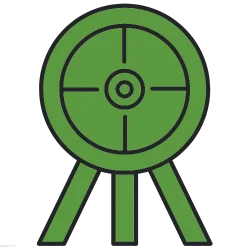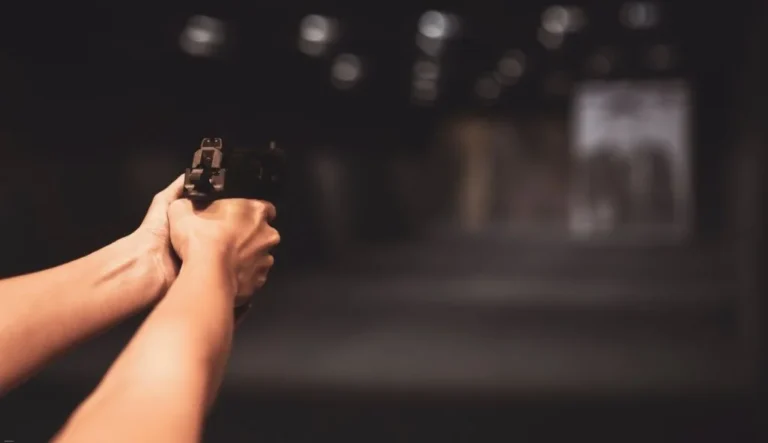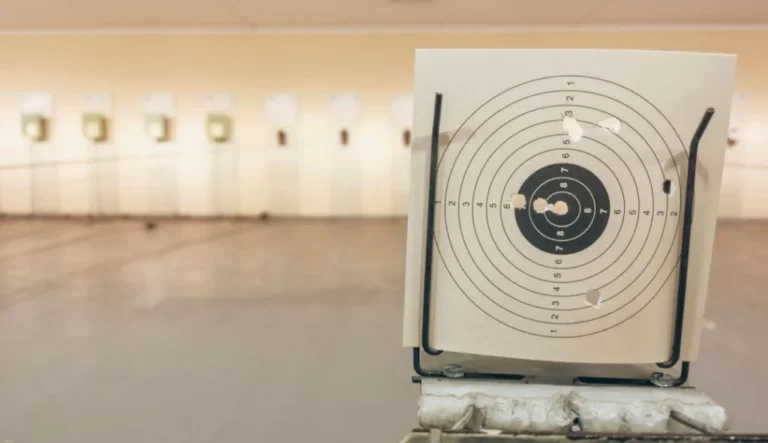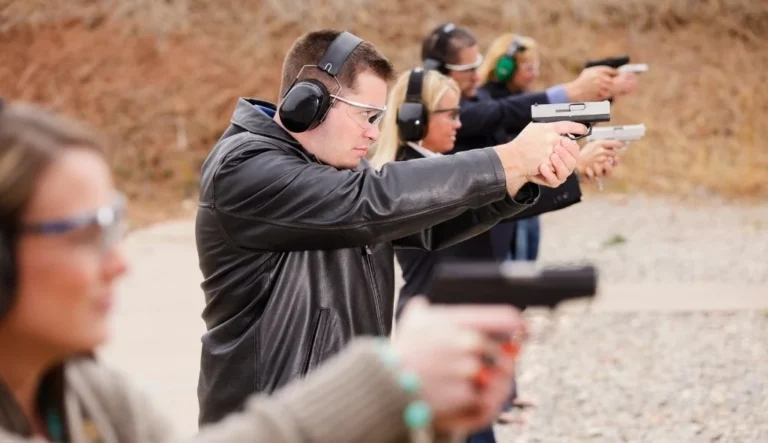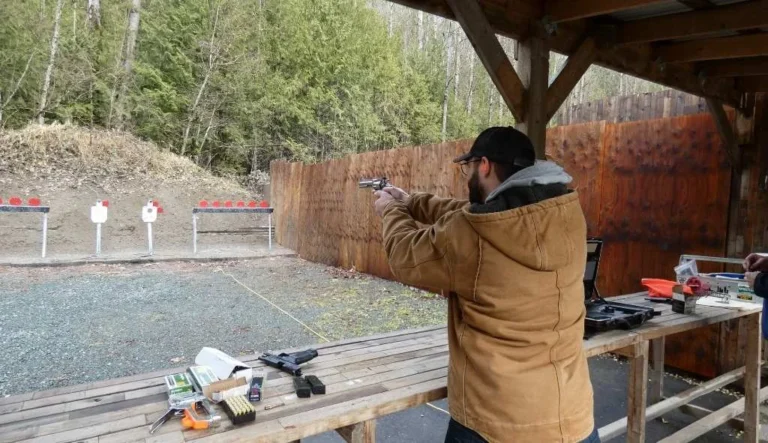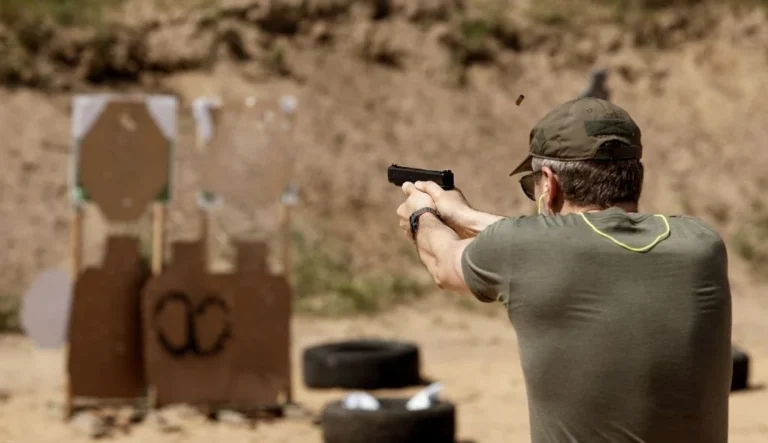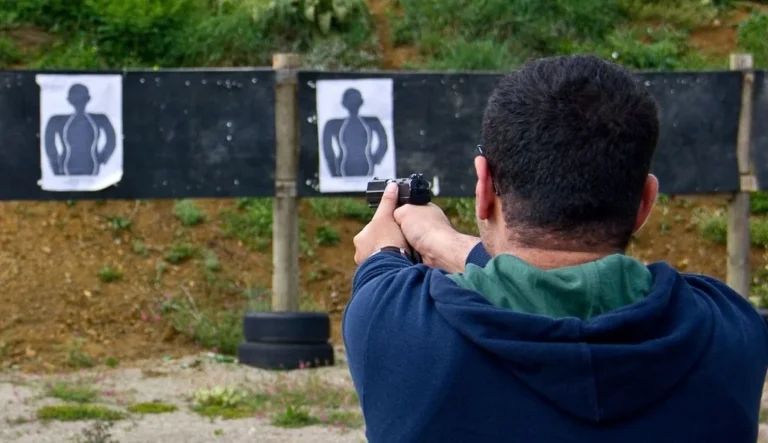The cost to visit a shooting range typically ranges from $20 to $100 per person, depending on factors such as location, range type, firearm rentals, and ammunition. Most shooters spend around $45 for a basic range trip.
Understanding Shooting Range Costs
Visiting a shooting range involves several cost components. To help you budget for your shooting experience, let’s break down the typical expenses you might encounter.
Lane Rental Fees
The primary cost at most shooting ranges is the lane rental fee. This fee covers your use of a shooting lane for a specified period, usually an hour.
- Weekday rates: $20 to $25 per hour for a single shooter
- Weekend rates: $23 to $30 per hour for a single shooter
- Additional shooters: Often charged $12 to $15 per person
Many ranges offer discounts for law enforcement, military personnel, and first responders. Some also have special rates for seniors and juniors.
Firearm Rentals
If you don’t own a firearm or want to try different models, most ranges offer rental options.
- Handgun rentals: $10 to $20 per hour
- Rifle rentals: $15 to $25 per hour
- Machine gun rentals: $50 to $100 per hour
Some ranges offer a rental program where you can switch between different firearms during your session for a flat fee, typically around $20 per hour.
Ammunition Costs
Ammunition is a significant expense when visiting a shooting range. Prices vary widely depending on the caliber and quantity.
- 9mm rounds: $0.30 to $0.50 per round
- .22 LR rounds: $0.10 to $0.20 per round
- 5.56/.223 rounds: $0.50 to $0.80 per round
Many ranges require you to use their ammunition with rental firearms for safety and liability reasons. This ammunition is often priced higher than what you might find at a retail store.
Safety Equipment
Eye and ear protection are mandatory at all shooting ranges. If you don’t have your own, you’ll need to rent or purchase these items.
- Eye protection rental: $2 to $5
- Ear protection rental: $3 to $8
- Eye protection purchase: $3 to $10
- Ear protection purchase: $5 to $20
Some ranges offer electronic ear protection rentals, which can cost up to $10 but provide better sound quality and protection.
Targets
Most ranges sell paper targets for a nominal fee.
- Standard paper targets: $1 to $3 each
Some ranges include one or more targets with your lane rental fee.
Membership Options
For frequent shooters, many ranges offer membership programs that can provide significant savings.
- Annual memberships: $100 to $500 per year
- Monthly memberships: $40 to $100 per month
Memberships often include benefits such as discounted or free range time, priority lane access, and discounts on rentals and ammunition.
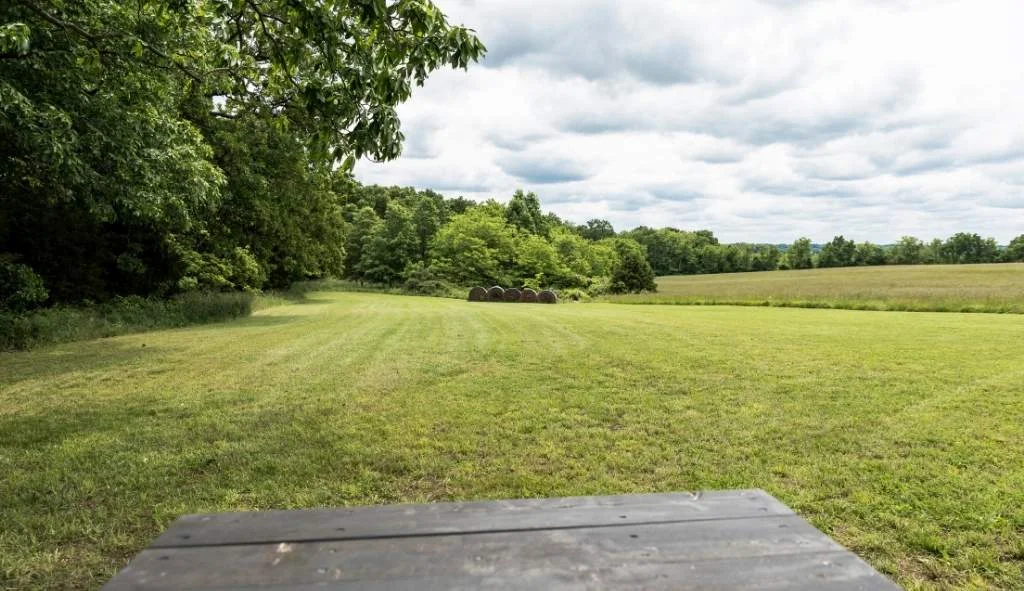
Types of Shooting Ranges and Their Costs
The type of shooting range you visit can significantly impact the overall cost of your experience.
Indoor Ranges
Indoor ranges are common in urban and suburban areas. They offer climate-controlled environments and are typically more expensive than outdoor ranges.
- Advantages: Weather-independent, controlled lighting, advanced target systems
- Disadvantages: Higher costs, limited to shorter distances
Outdoor Ranges
Outdoor ranges provide a more natural shooting environment and are often less expensive than indoor facilities.
- Advantages: Lower costs, longer shooting distances, more diverse shooting scenarios
- Disadvantages: Weather-dependent, may have limited operating hours
Public Ranges
Some states and municipalities operate public shooting ranges, which are often the most affordable option.
- Advantages: Very low costs (sometimes free), open to the public
- Disadvantages: May have limited facilities, fewer rental options, can be crowded
Factors Affecting Shooting Range Costs
Several factors can influence the cost of your shooting range visit:
Location
Ranges in urban areas or popular tourist destinations tend to be more expensive than those in rural locations.
Range Facilities
High-end ranges with advanced target systems, climate control, and extensive rental inventories typically charge more than basic facilities.
Time of Visit
Many ranges offer discounted rates during off-peak hours or on certain days of the week.
Group Size
Some ranges offer group discounts for larger parties or corporate events.
Special Packages
Many ranges offer package deals for first-time shooters or special experiences like machine gun rentals.
Tips for Saving Money at the Shooting Range
If you’re looking to minimize costs while still enjoying your shooting experience, consider these tips:
- Bring your own firearm and ammunition if allowed
- Visit during off-peak hours for potential discounts
- Look for package deals or first-time shooter specials
- Consider a membership if you plan to shoot frequently
- Share a lane with a friend to split costs
- Check for military, law enforcement, or student discounts
- Bring your own eye and ear protection
- Practice dry firing at home to maximize your range time
Safety Considerations and Additional Costs
While not directly related to range fees, there are some safety considerations that may incur additional costs:
Training and Certification
Many ranges offer or require safety courses for new shooters. These courses typically cost $50 to $200 but provide valuable knowledge and may be required for range access.
Insurance
Some ranges require proof of insurance or offer insurance options for an additional fee.
Cleaning and Maintenance
If you bring your own firearm, factor in the cost of cleaning supplies and occasional maintenance.
Comparing Costs: Home Range vs. Public Range
For frequent shooters, it’s worth considering the long-term costs of using public ranges versus setting up a home range.
Public Range Costs
- Ongoing lane rental fees
- Travel expenses
- Potential wait times
- Limited to range hours
Home Range Costs
- Initial setup costs (can be significant)
- Ongoing maintenance
- Ammunition and target costs
- Potential legal and zoning considerations
While a home range has high upfront costs, it can be more economical for very frequent shooters in the long run.
Understanding Range Policies and Hidden Costs
Before visiting a shooting range, it’s important to understand their policies to avoid unexpected costs:
Damage Fees
Many ranges charge fees for damage to equipment or facilities. These can range from $10 per bullet hole to several hundred dollars for significant damage.
Cancellation Policies
Some ranges require reservations and may charge cancellation fees for no-shows or late cancellations.
Ammunition Policies
Understand the range’s policies on outside ammunition. Using non-approved ammo could result in additional fees or being asked to leave.
Time Overage Fees
Be aware of how the range charges for time. Some may round up to the nearest hour or charge significant fees for overtime use.
The Value of Professional Instruction
While it adds to the initial cost, professional instruction can provide significant value for new shooters:
- Improved safety awareness
- Better shooting techniques
- More efficient use of range time and ammunition
- Potential for long-term cost savings through improved skills
Many ranges offer private instruction starting at around $50 per half hour.
Technology and Range Costs
Modern shooting ranges often incorporate advanced technology, which can affect pricing:
- Electronic target systems
- Shot timers and analytics
- Virtual reality training systems
While these technologies can increase costs, they often provide a more engaging and educational experience.
Special Experiences and Their Costs
Many ranges offer unique experiences that come with higher price tags:
Machine Gun Experiences
- Costs: $100 to $500 or more
- Often include multiple firearms and significant amounts of ammunition
Long-Range Shooting
- Costs: $50 to $200 per hour
- May require specialized equipment rentals
Tactical Training Scenarios
- Costs: $100 to $500 per session
- Often include instruction and specialized equipment
Understanding the Economics of Shooting Ranges
To better appreciate the costs associated with shooting ranges, it’s helpful to understand their business model:
- High overhead costs (facility, equipment, insurance)
- Strict regulatory compliance requirements
- Ongoing maintenance and safety upgrades
- Staff training and certification
These factors contribute to the pricing structure you encounter as a customer.
Frequently Asked Questions
Do I need a license to shoot at a range?
Most ranges don’t require a license for basic shooting, but you’ll need to meet age requirements and may need to take a safety course.
Can I bring my own firearm to a range?
Many ranges allow you to bring your own firearm, but you’ll need to check their specific policies. Some may require inspections or limit certain types of firearms.
How much ammunition should I budget for a typical range visit?
For a one-hour session, budget for 50 to 200 rounds depending on your shooting pace and the type of firearm.
Are there any hidden costs I should be aware of?
Some ranges charge for targets, require you to purchase their ammunition, or have membership fees. Always ask about all potential costs before starting your session.
Is it cheaper to buy my own firearm or continue renting?
If you plan to shoot regularly (more than once a month), buying your own firearm is often more economical in the long run.
